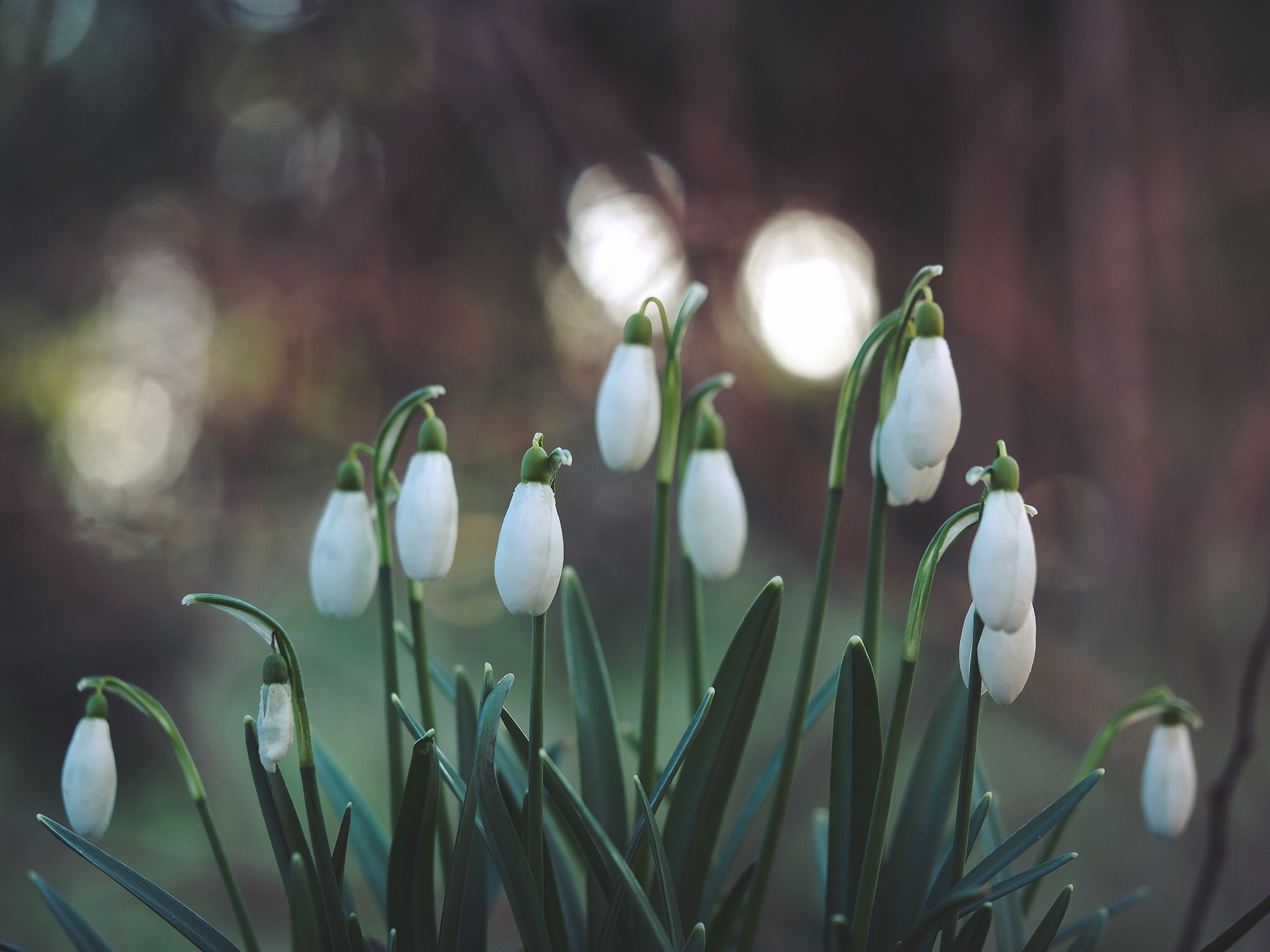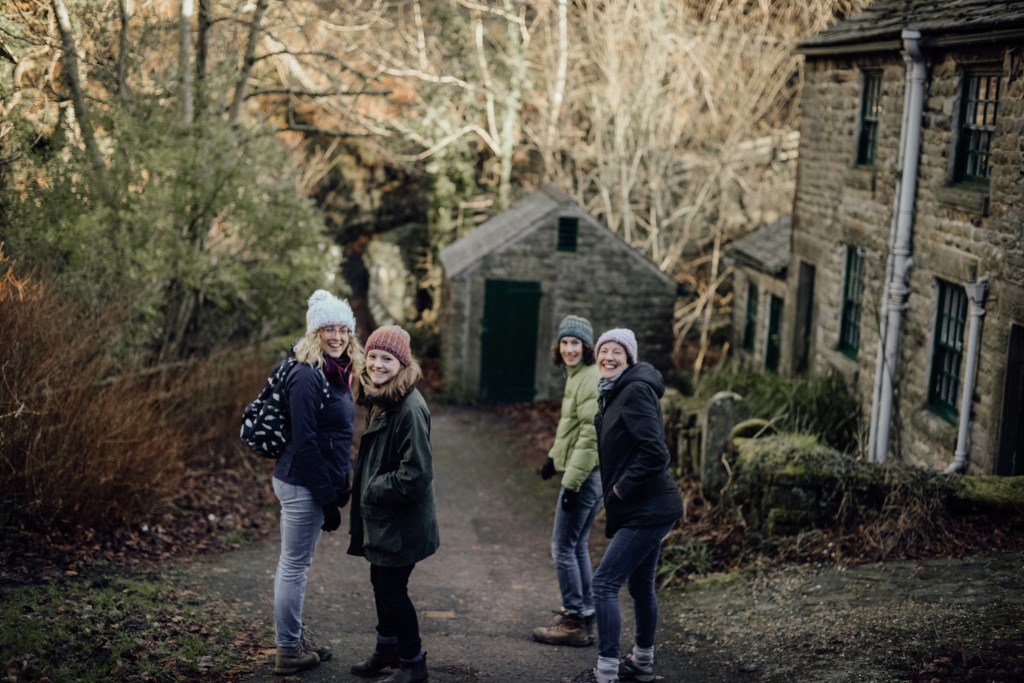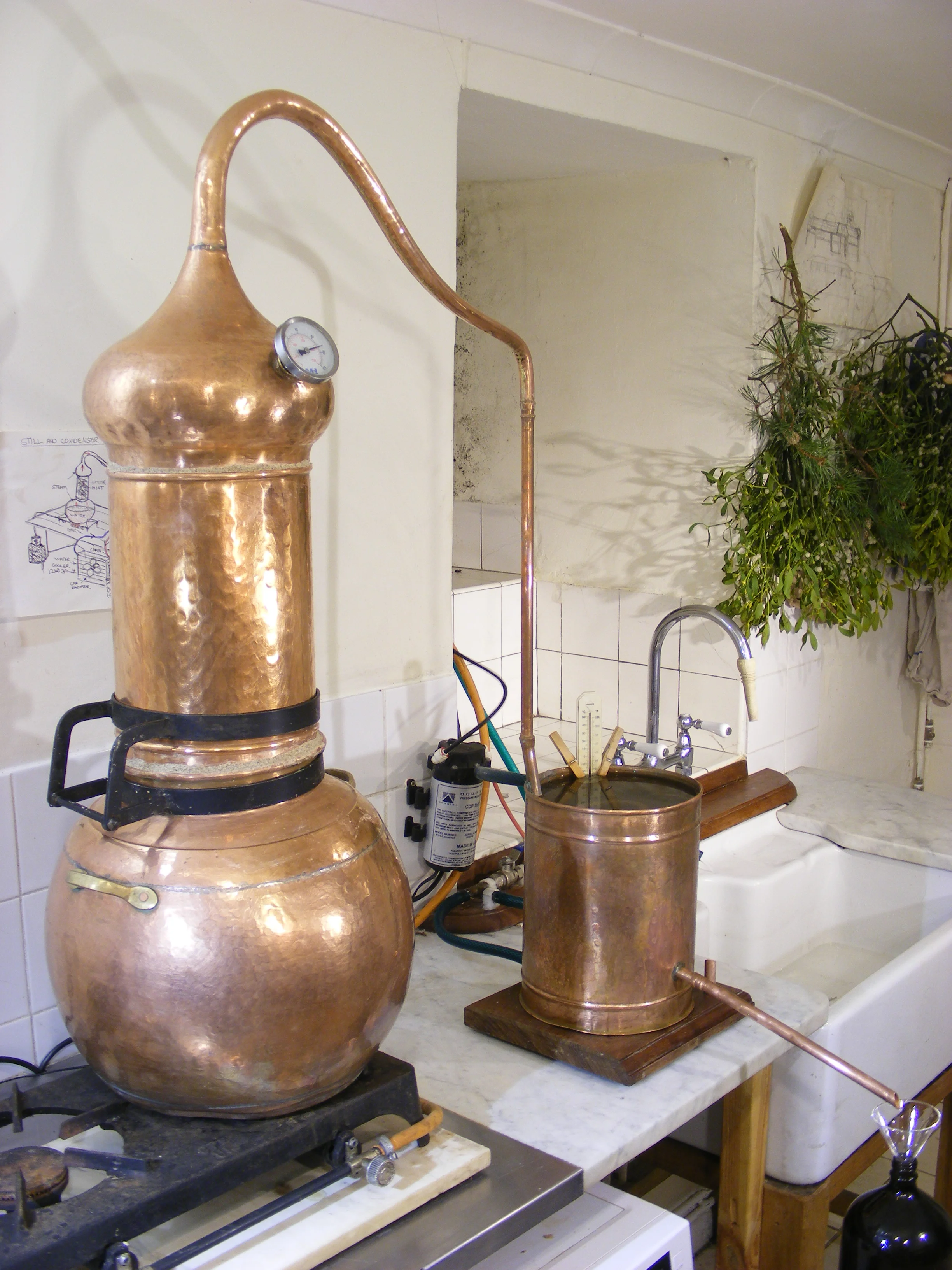Returning down the footpath, we follow the hawthorn and its all-consuming blossom – customarily the symbol that Beltane, or May Day, has begun. It reminds me that we have reached another spoke on the Wheel of the Year, another moment to mark.
‘The fair maid who, the first of May
Goes to the fields at break of day
And washes in dew from the hawthorn tree
Will ever after handsome be.’
Symbolic of life and fertility, Beltane is a celebration of spring at its peak, and though hawthorn is traditionally considered unlucky throughout the year, it is brought into the home at Beltane in the form of flower crowns and May baskets. One of the four fire festivals, it is also a time of year to purify, cleanse and bring fertility through the power of the sun. Jumping over the fire – particularly as a couple – was seen as a way to pledge yourselves to each other, and even animals were included: to encourage fertility and protect from disease, cattle were often driven through the smoke from the fire.
This year we’re forgoing the fire and focusing instead of life and fertility in the form of flowers. Later in the day, I head out with a pair of secateurs to borrow a few branches of hawthorn. Though there is life in the veg patch, the garden is lacking in floral displays, but I still manage to pick a few stems: blowsy cream tulips; grape hyacinths; and fat handfuls of cow parsley.
By four o’clock there’s a line of posies, each with a sprig of hawthorn, tied with garden string on the kitchen table. By six they’ve all been delivered, hanging on door knockers, propped up in plant pots and placed on wiry welcome mats all through the village. We might not have a Maypole or May Queen, but celebrating these ancient festivals isn’t about replication. It’s the drawing together, or even the creation of, a community, helping others pause to notice what’s on their doorstep and in their garden too. Remnants of posy-making remain on the kitchen table when I return, and I take the last few branches of hawthorn up into the orchard, scattering them freely, wishing the chickens a fruitful Beltane.


































































